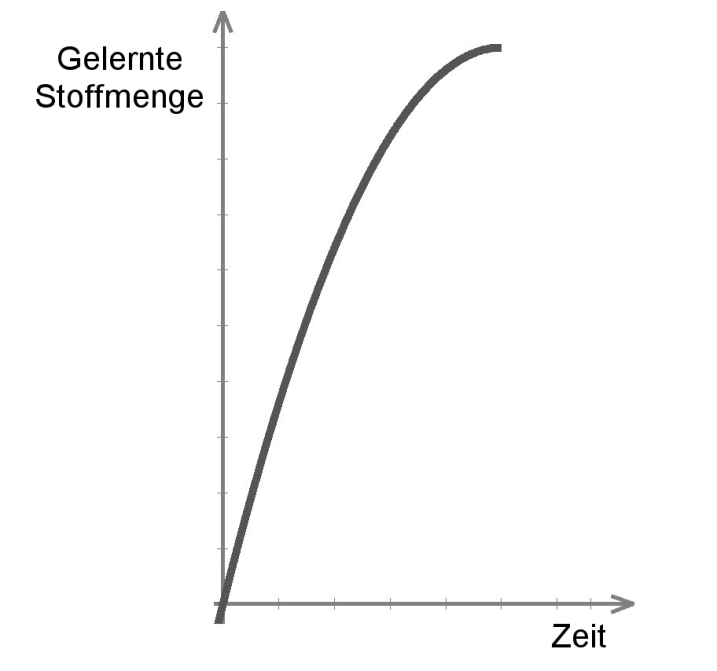As a specialist, my wife receives letters and postcards (sometimes twice a week) from recruiters and health systems all over North America. They never explicitly state which hospital it is specifically but they all guarantee: top salaries, high quality of life, national sports teams, major universities and “…a wonderful place to raise children”.
My wife is working very hard with a practice covering seven hospitals in three states and feels as though her employers’ commitment to her is as not as significant as her commitment to them. She always says “Your first job is never your last…” So, after 5+ years of interest from Sanford Hospital in South Dakota, we’ve decided to take a look. Although we couldn’t imagine living in South Dakota... we did some research on Sanford Health and decided it was worth the visit. At the very least, it would be an opportunity for my wife to catch up with an old friend and former colleague for whom she has a tremendous amount of respect.
FAST FORWARD 7 WEEKS…
When we arrived in Sioux Falls South Dakota, we were simply blown away at this hospital’s whisper of a “Talk” and thunderous “Walk”. Thanks to Premier One Bankcard founder Denny Sanford (and his $700MM in gifts so far…), Sioux Valley Hospital has been renamed “Sanford Hospital” (surprisingly) and transformed into a region-shaping health care network with an infrastructure of physicians in leadership and an outreach spanning 126 communities throughout 8 states. They are implementing several initiatives including global children's clinics, multiple research centers and finding a cure for type 1 diabetes and breast cancer. With both domestic and overseas satellites opening at a record-pace, Denny Sanford is creating an unprecedented momentum of ensuring the highest caliber of healthcare both in the Midwest and in 18 countries throughout the world (now developing international clinics in Ireland, Ghana, Israel and Mexico). Organizational growth and development with cutting-edge medicine, sophisticated research and advanced education like this isn’t seen in cities ten times their size.
We arrived the weekend of Sanford Hospital’s Annual Gala ( benefiting the expansion of their cardiac division) and graciously accepted what we believed would simply be an opportunity to meet some folks on the team and have a nice dinner. I’ve been to a lot of these events and they always seem to follow the same syllabus: cocktails followed by a President’s greeting, a few words of promise by the CEO or COO then a video presentation of the good work being done by talented physicians and administration’s plans for the future. Then it’s back to dinner and some dancing afterwards.
The Sanford Healthcare gala we attended not only brought one of the better meals I’ve had this year to our table (a perfect medium rare filet, roasted brussel sprouts and truffled potato gratin), but also tears to my eyes…and handkerchief. Never before have I been so moved by the parents of children whose life-changing stories were shared …or by the teams of dedicated people working orchestrally, from top to bottom, who selflessly make such a monumental difference. But the Sanford story did not end when the lights came back on. This was not a benefit injected with a presentation of “good work being done”. This was simply a spotlight on life at Sanford whose message of “Improving the human condition through exceptional care, innovation and discovery” didn’t end with a video. Improving the lives of children, specifically, didn’t seem like “just a job” people are doing here…it seemed more like a calling. An ingrained way of living life. A belief system that is evident in everything from the conversations between fulfilled guests at every table and the LED-illuminated spinning magic wands handed out on the dance floor (that surely made many a baby-sat children at home delighted in the morning) to the child prodigy pianist who led the orchestra all evening long.
I guess it’s just an overall feeling of genuine commitment to care and to the community of people who provide it…and there doesn’t seem to be a sense of (or pre-occupation with) time clocks, budgets or superfluous layers of administration associated with it. The passion was palpable and contagious. It’s hard to be around people like that and not feel a moral imperative to join them. It’s hard to be a father and not want an amenity like them for your own child.
Now that some of our preconceived notions regarding the Midwest have been obliterated, we have a lot to talk about on the flight home.


